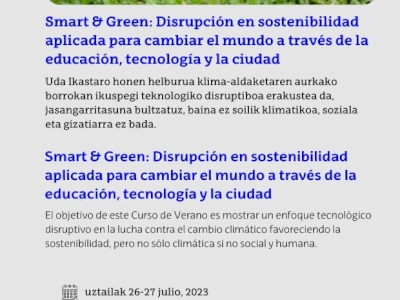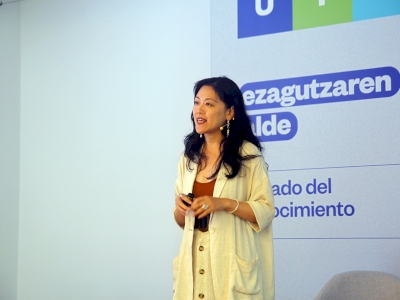digitalWorld

Biohybrid robots, the next step in the robotics revolution
Technology is taking us towards a world that we have seen born before in the human imagination, and where organisms are no longer just biological.
Biohybrid robots or biorobots, which incorporate biological tissue is the most innovative and similar to organic tissue, at the University of Tokyo they create robots with organic tissue in 3D.
The fusion between living organisms and artificial devices has become familiar to us through the concept of the cyborg (cybernetic organism). This approach consists of restoring or improving the capabilities of the organic being, usually a human, through technological artifacts. For their part, biohybrid robots are somewhat the opposite idea: using living tissues or cells to provide the machine with functions that would be difficult to achieve otherwise. And if soft robots seek to achieve this through synthetic materials, why not do it directly with living materials?
In the case of soft robots in general, their advantages are appreciable. Their greater flexibility enables them to move more like living organisms than machines. This also includes the interior of the body: medical applications are one of the aspirations of these technologies, which are based on the use of biocompatible and biodegradable materials. Currently even NASA is investigating the development of soft robots for the exploration of other worlds in the Solar System.
Machines made with living tissue
The added advantages offered by biological materials: the ability to regenerate, one of the properties that engineers are trying to implement in the robots of the future, is a peculiarity of living tissue. As is the fact that cells do not need electricity to function, but rather nutrients; they will be robots that will not plug in, but will eat.
How to move artificial muscles
Obviously, biohybrid robots will still have to overcome great obstacles. Living cells are delicate; the body provides them with the protection and environmental conditions they require, something difficult to achieve in a robot. On the other hand, the muscles need electrical stimulation to act, which in the case of the robotic finger and the Harvard and Caltech jellyfish is supplied by means of electrodes. Alternatively, for the skate, the researchers genetically engineered muscle cells to activate them with light.
However, there is another more desirable option, and that is to be able to activate the muscles through the natural electrical stimulation provided by the motor neurons in the body, neurons specialized in the control of muscle fibers. Researchers have already managed to create in vitro combined cultures of muscle cells and motor neurons similar to the systems of living beings.
This is the first generation of biohybrid robots. In the future they may be used for both environmental and medical purposes, for in vivo drug delivery, and for testing drug efficacy. In the environment they can be used for the detection of contaminants and for their removal. And on the horizon there is still another breakthrough, on which some researchers are already working: replacing the synthetic materials of the bodies and skeletons of biorobots with others of biological origin such as collagen. Then we will no longer talk about robotic engineering, but about the engineering of organisms designed with specific missions.
Multimedia
Smart & Green Fundazioa Summer Courses from UPV/EHU

What are you waiting for? Sign up
Blockchain Conference La Rioja









